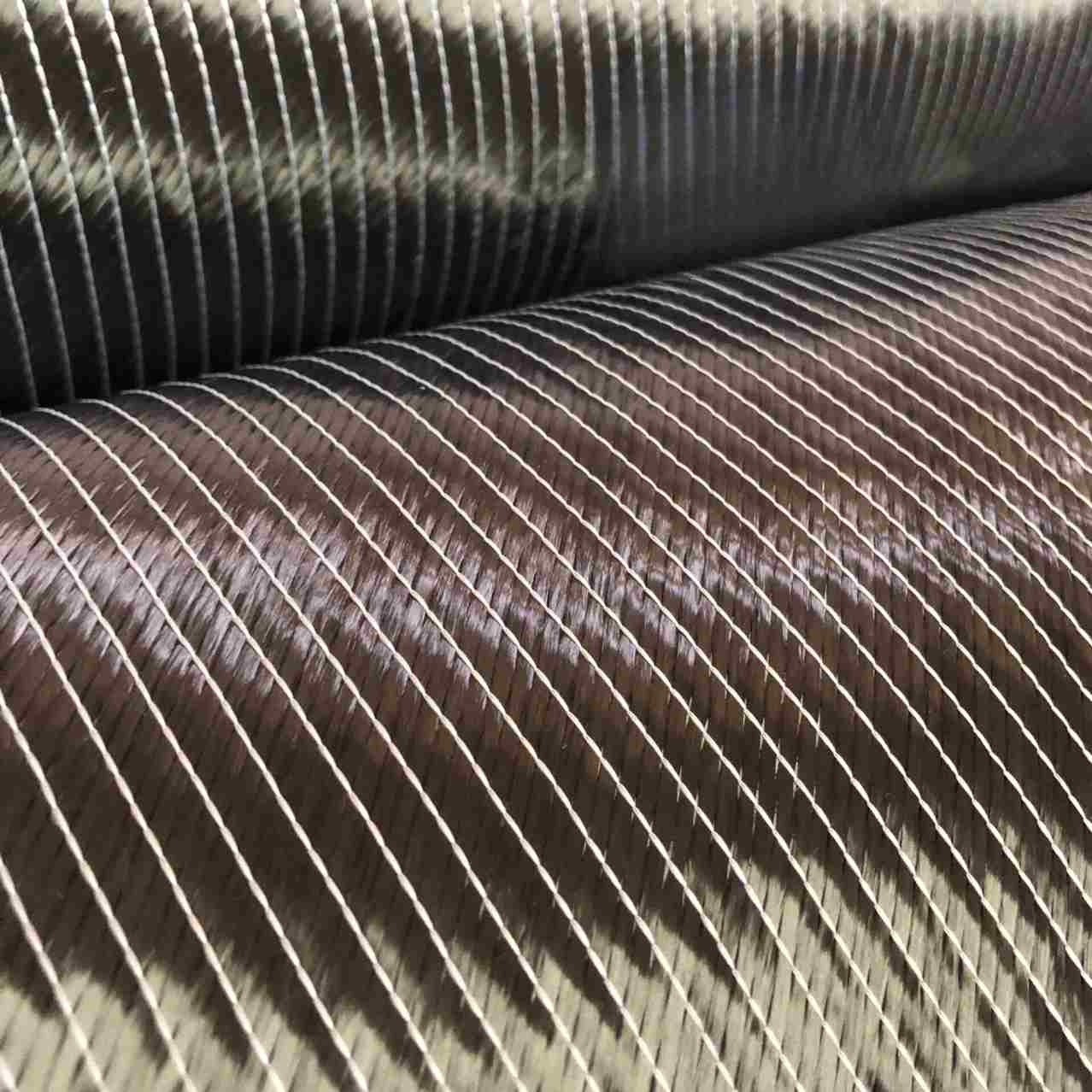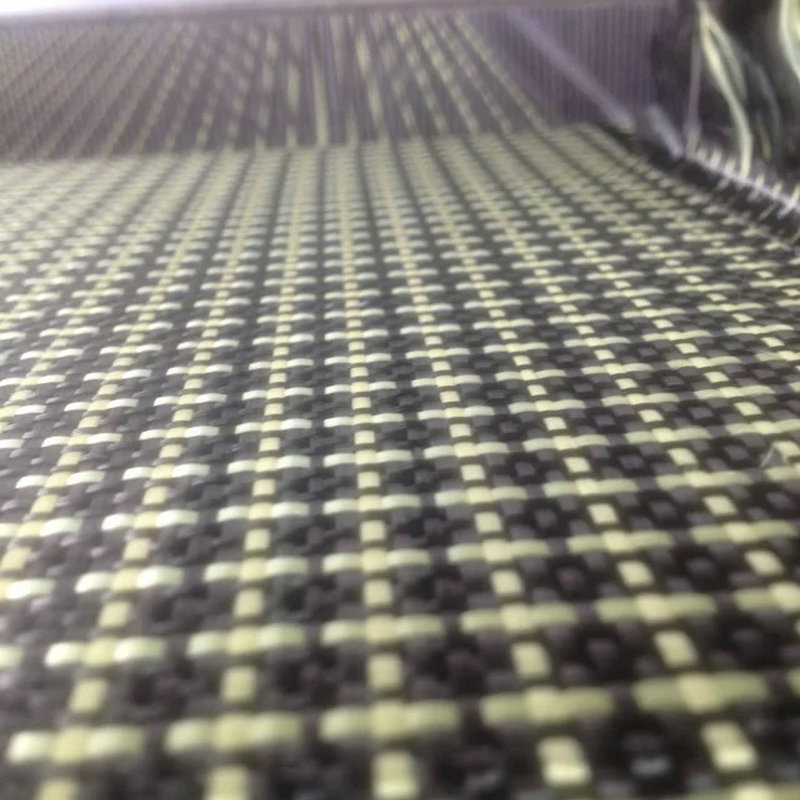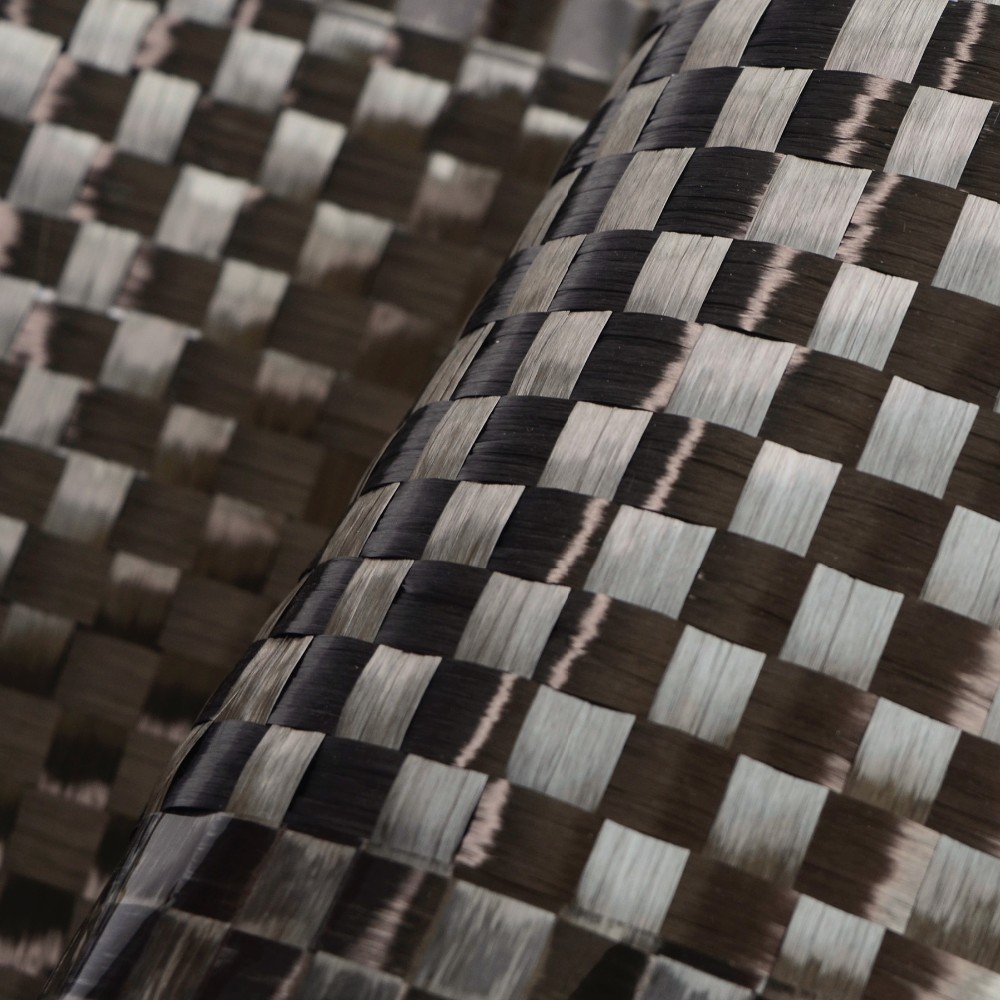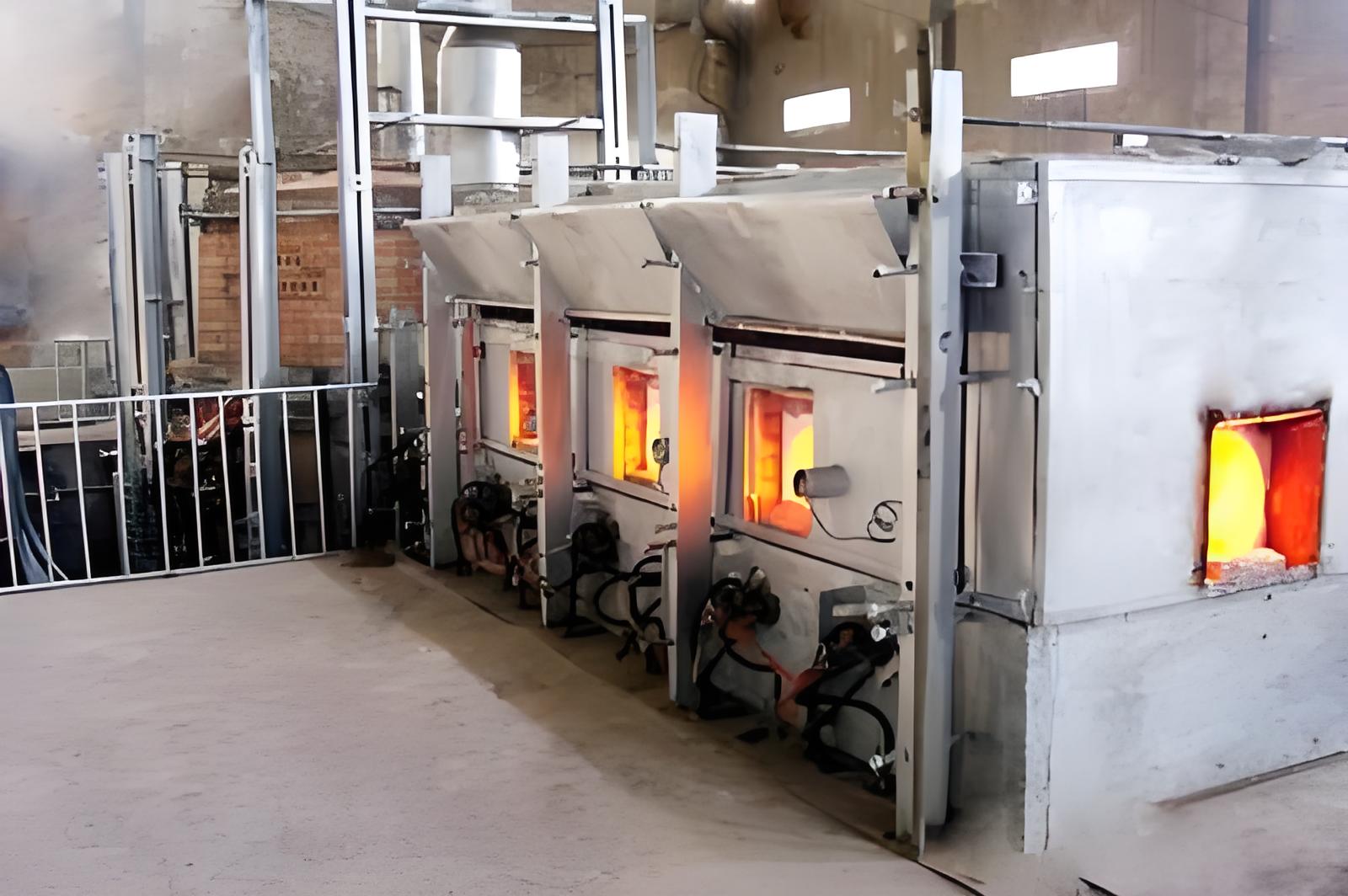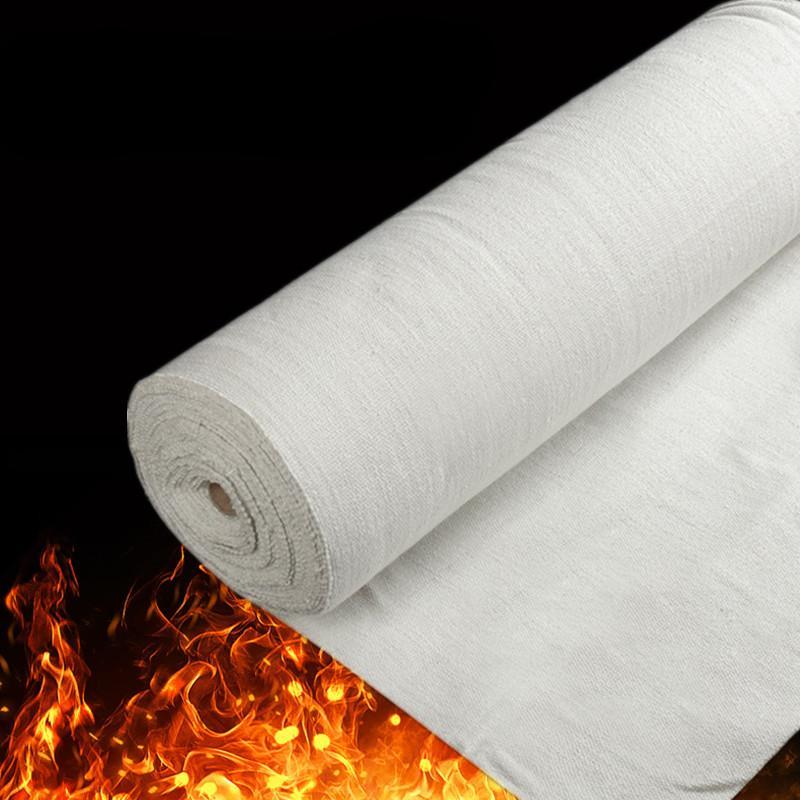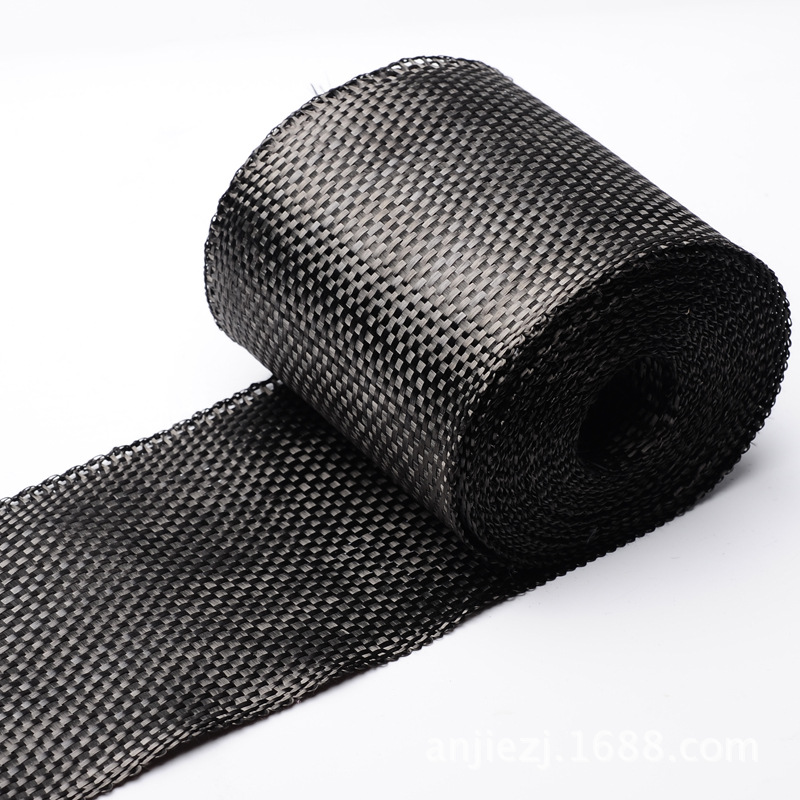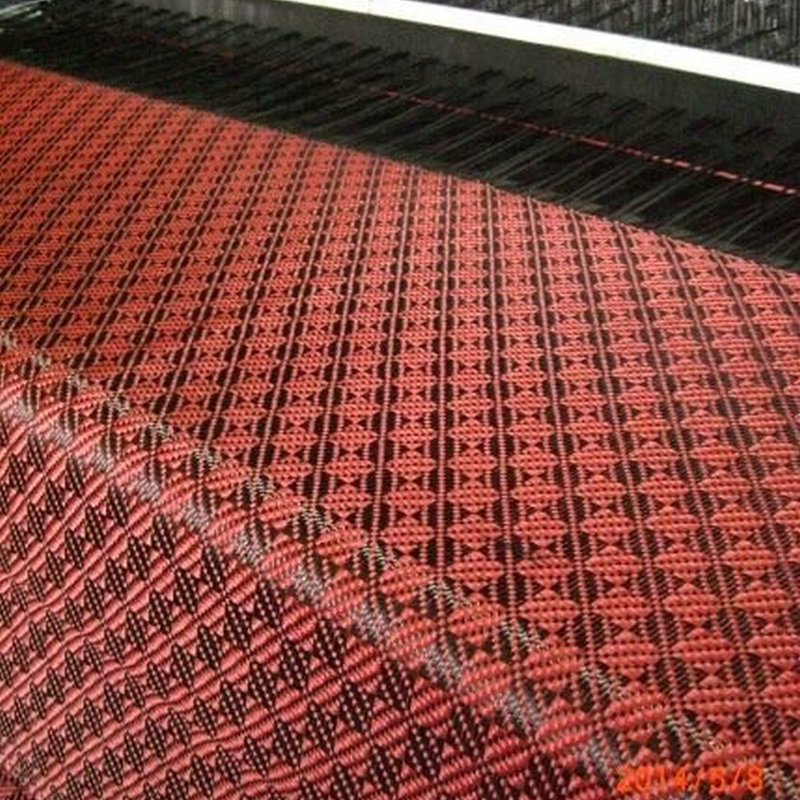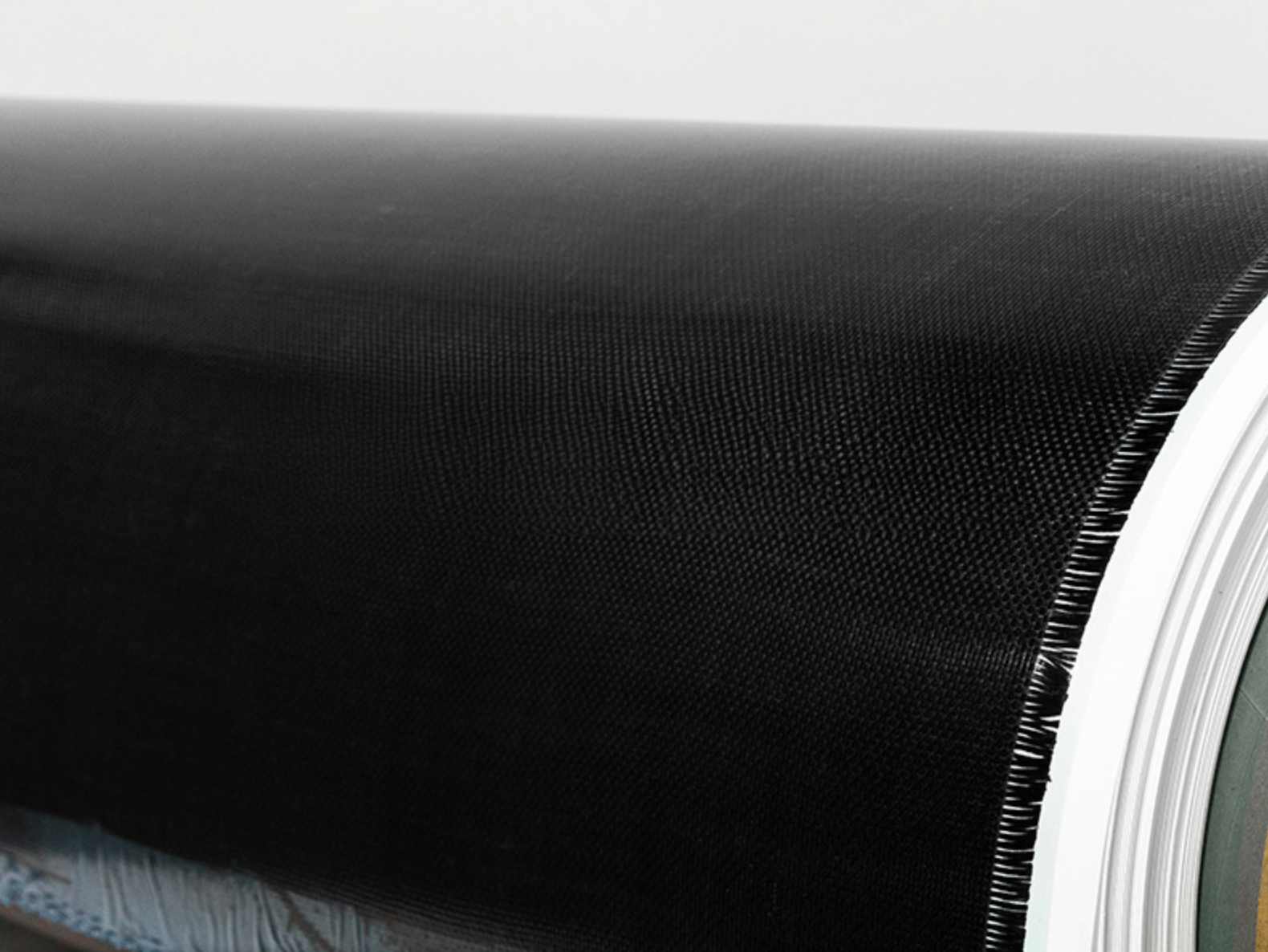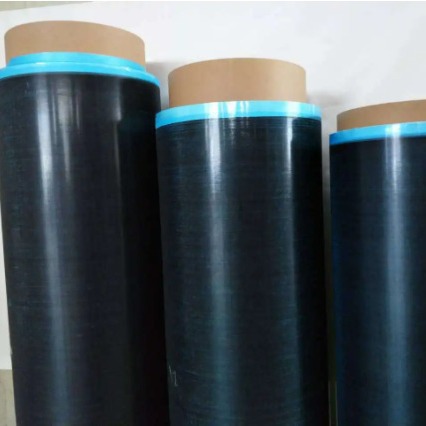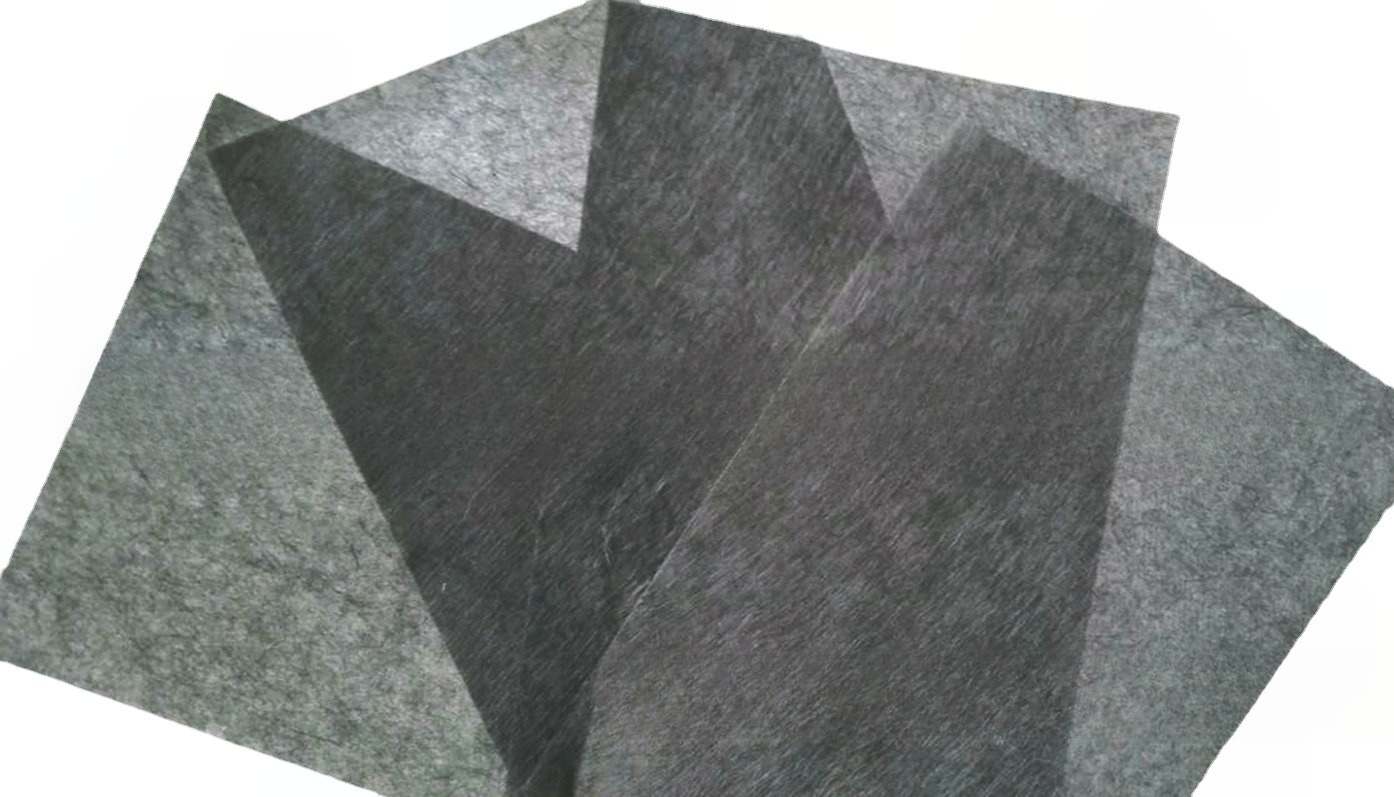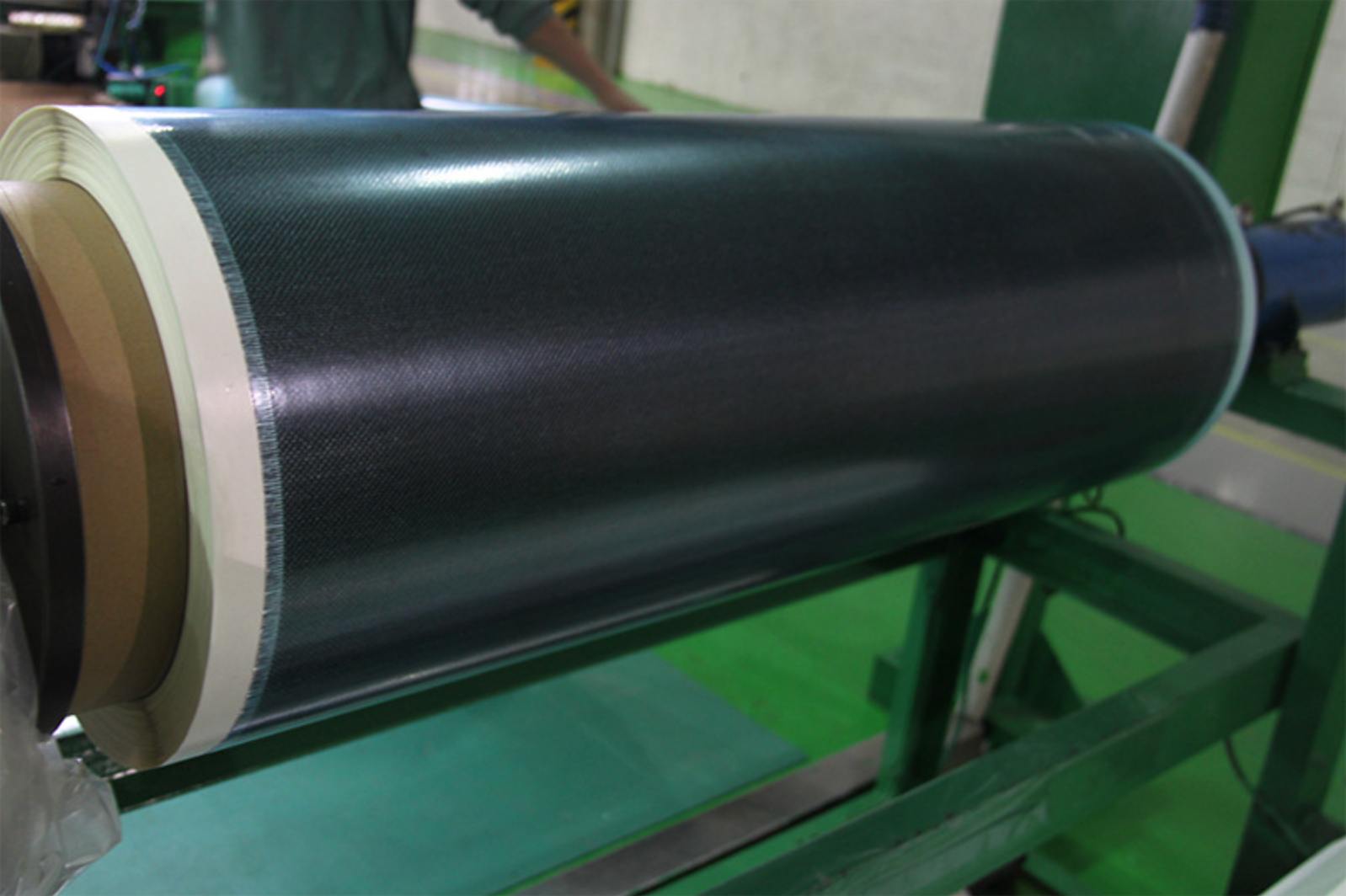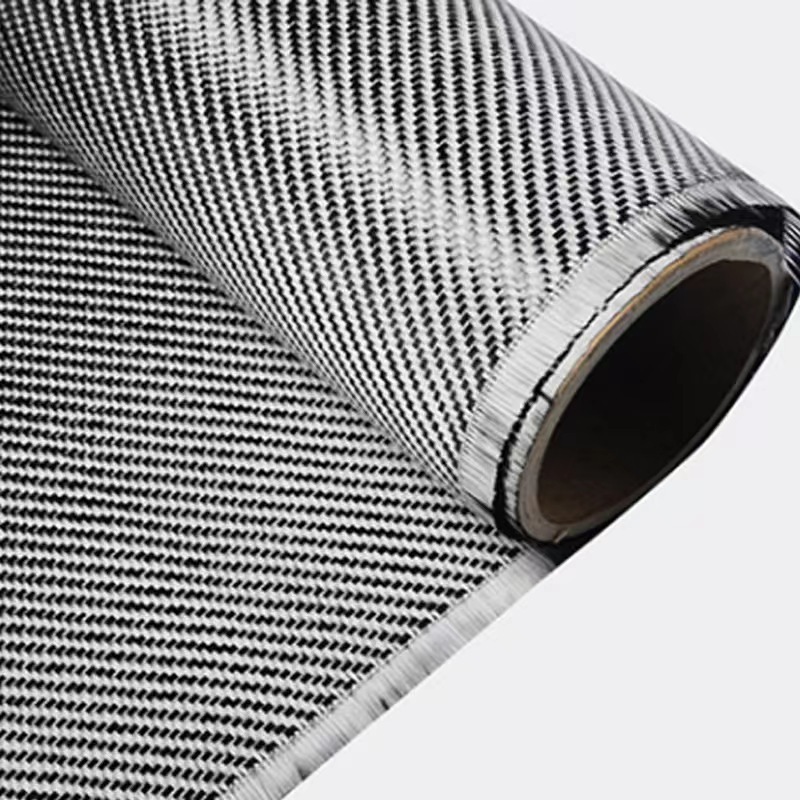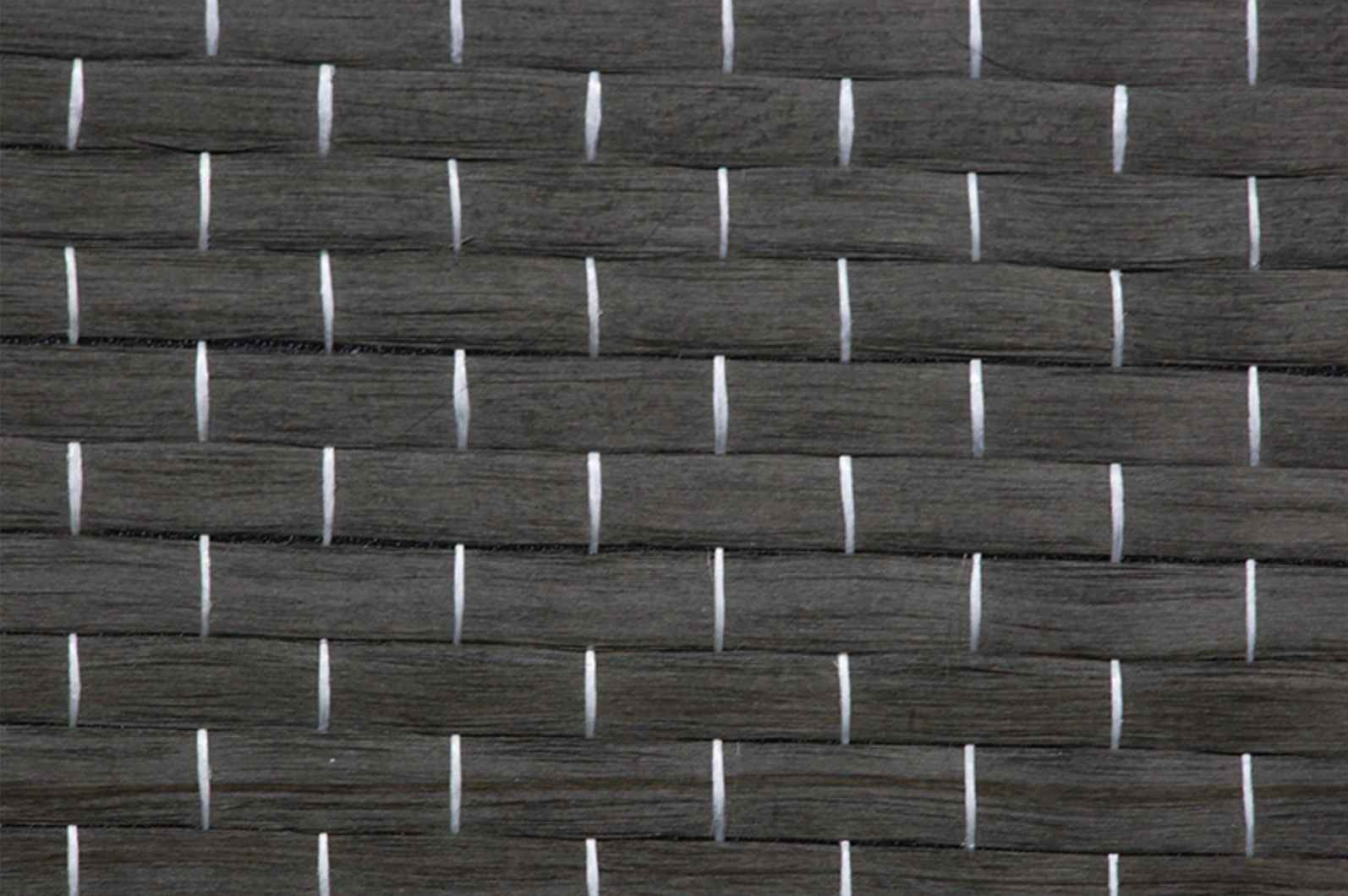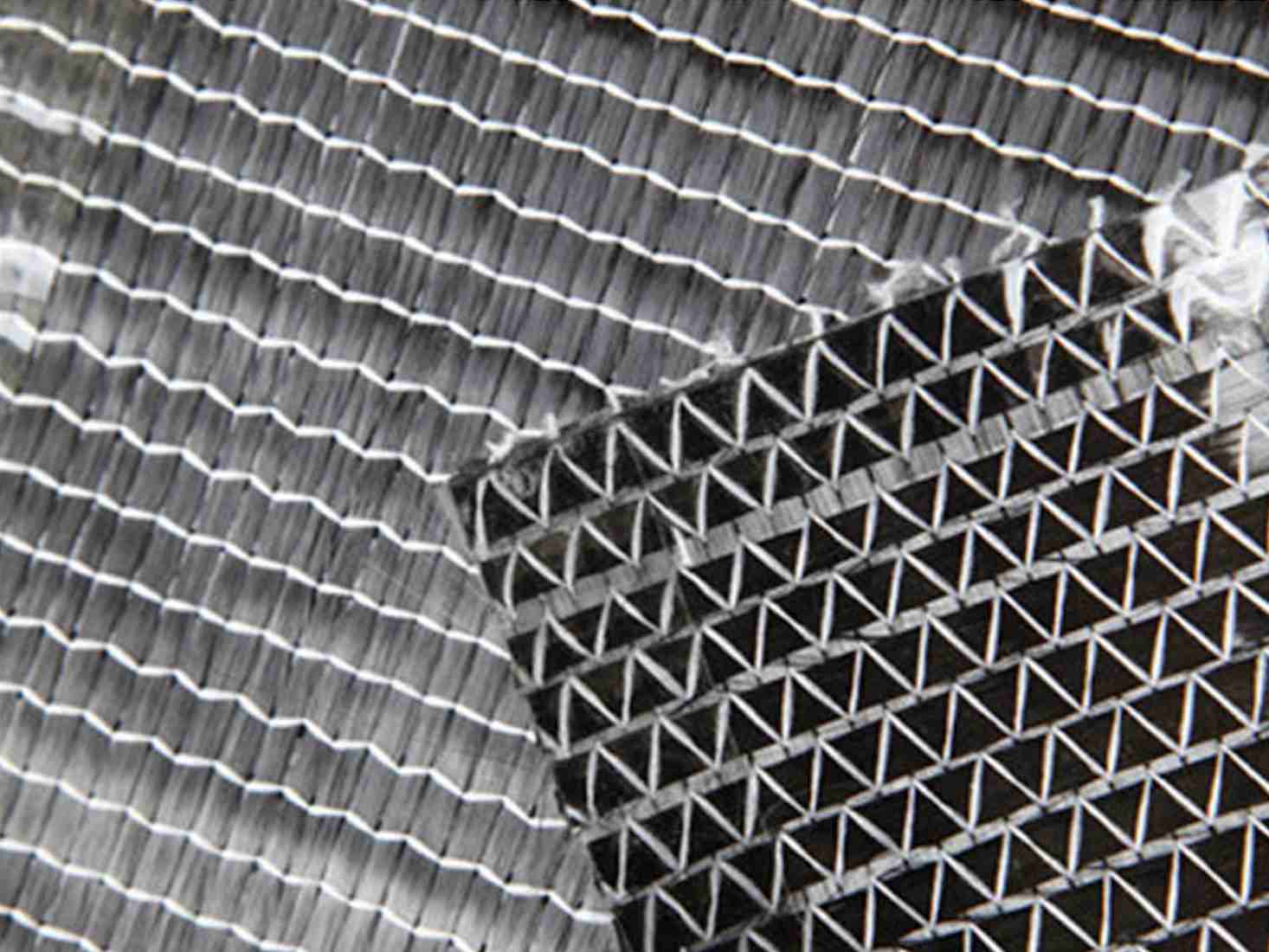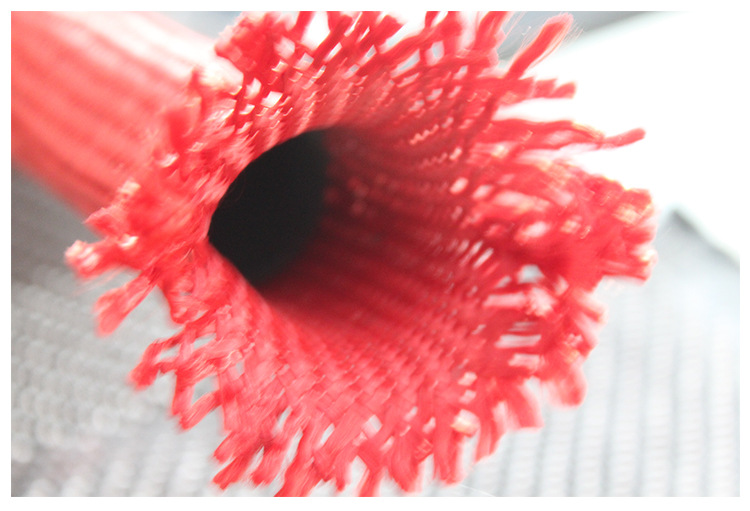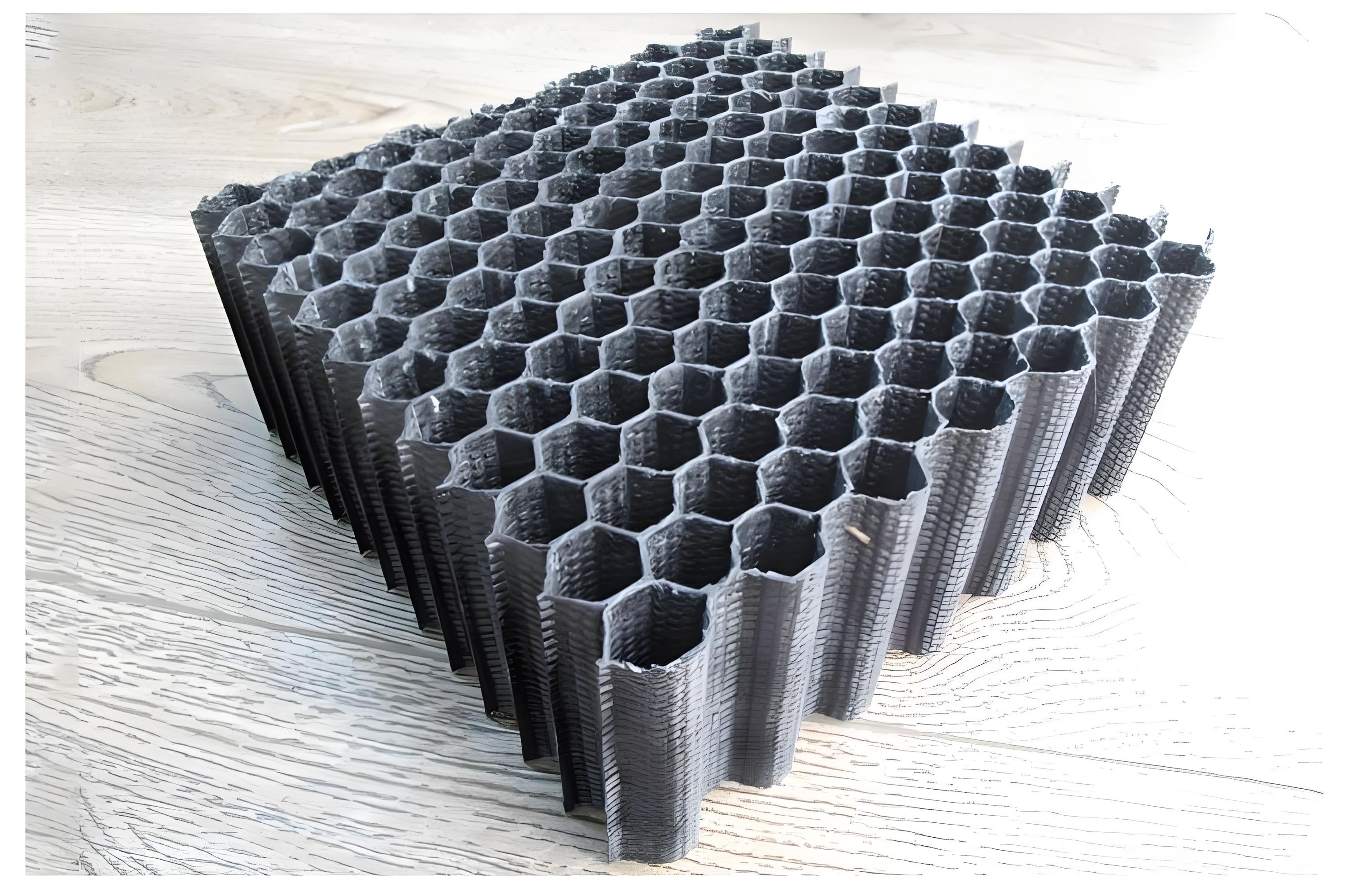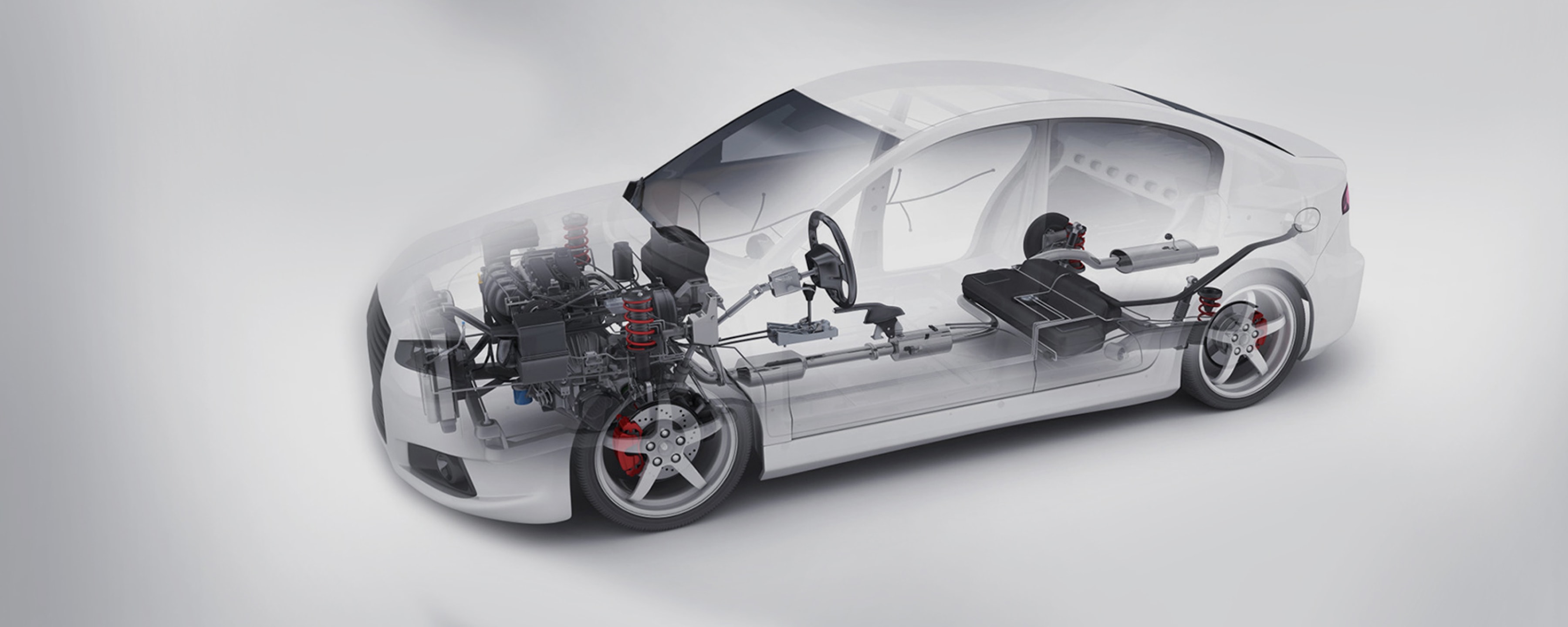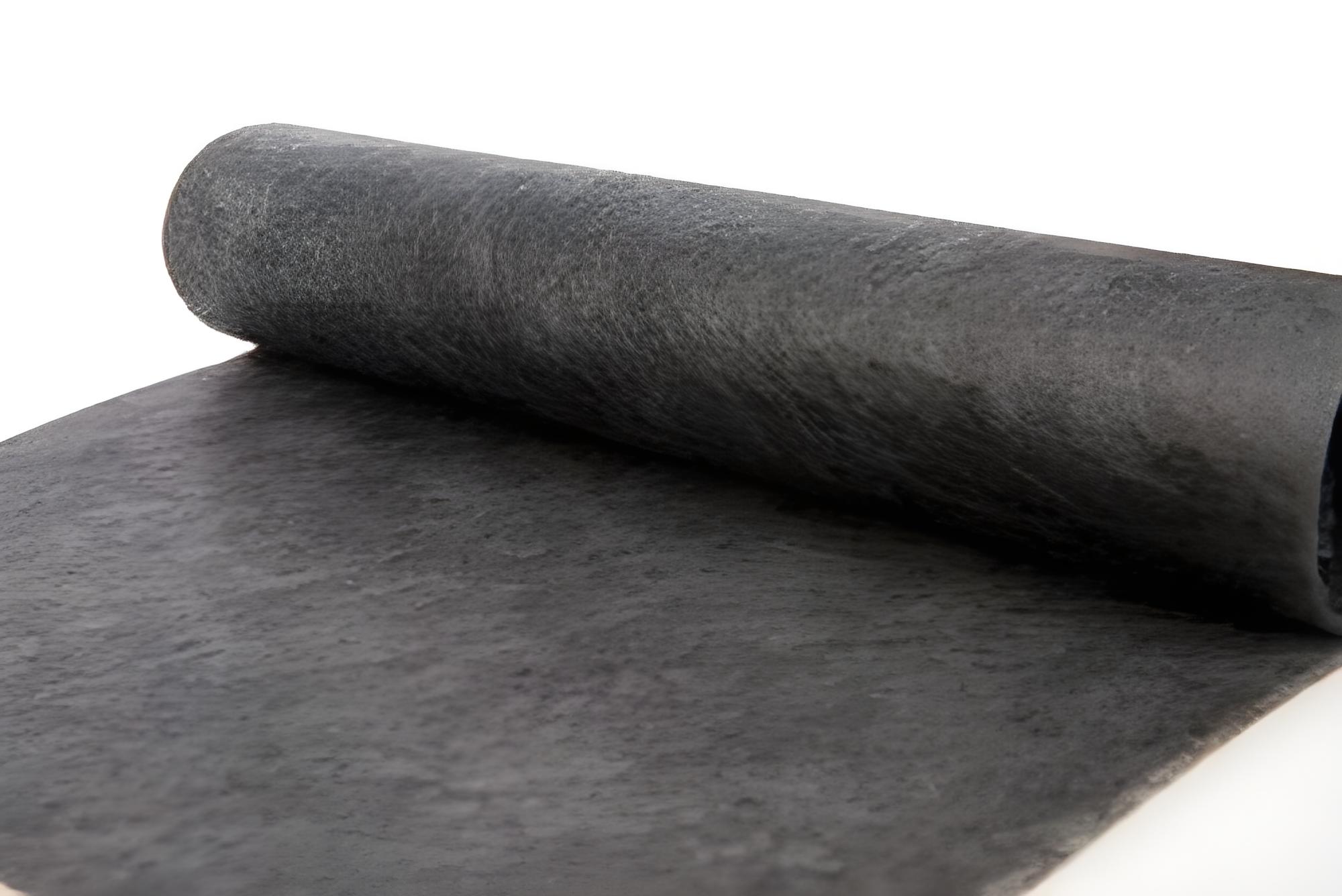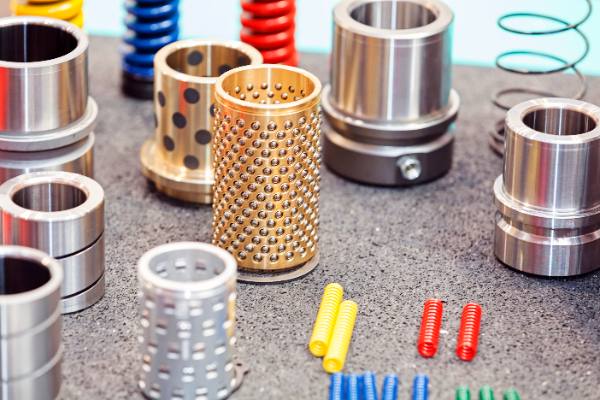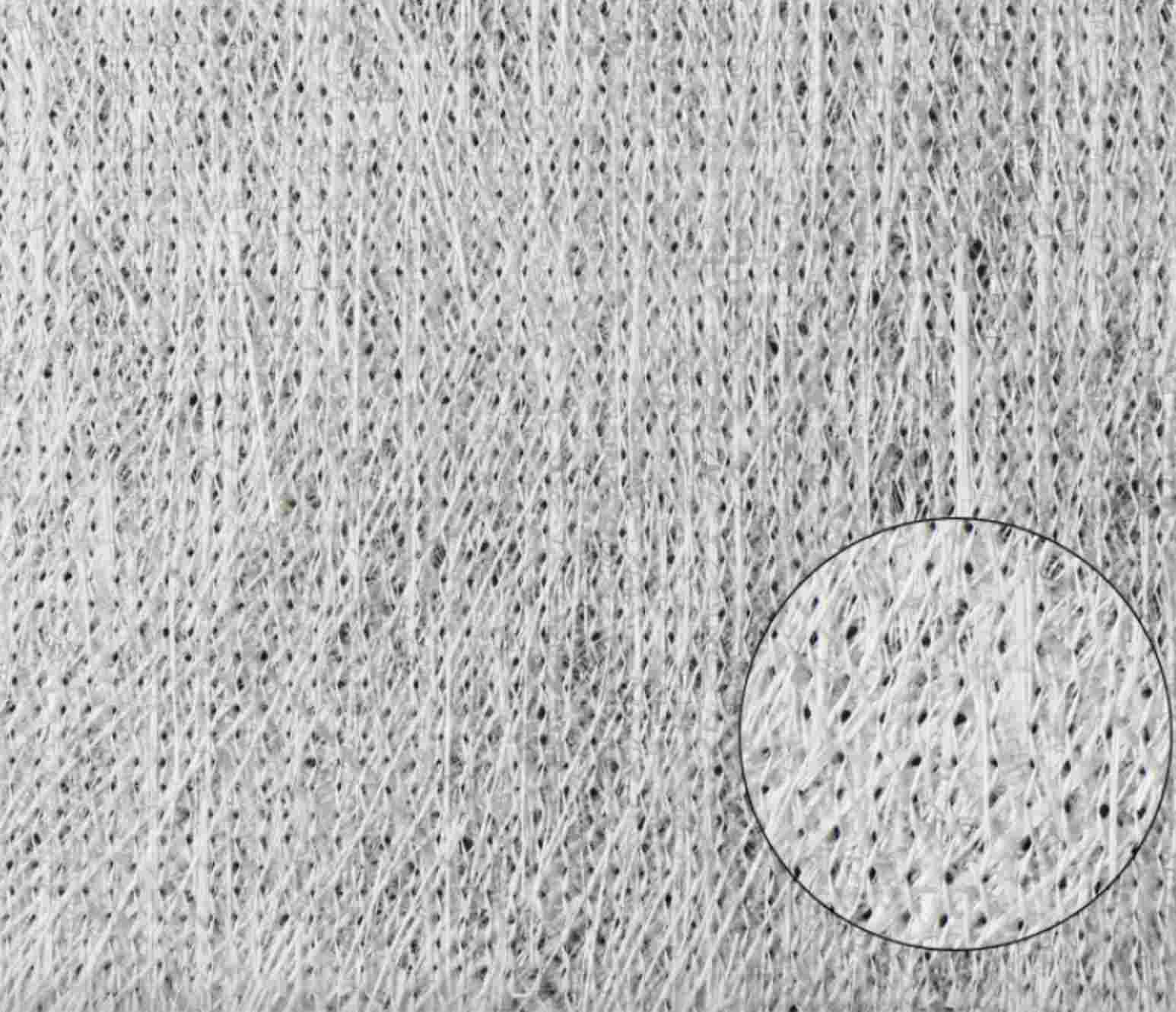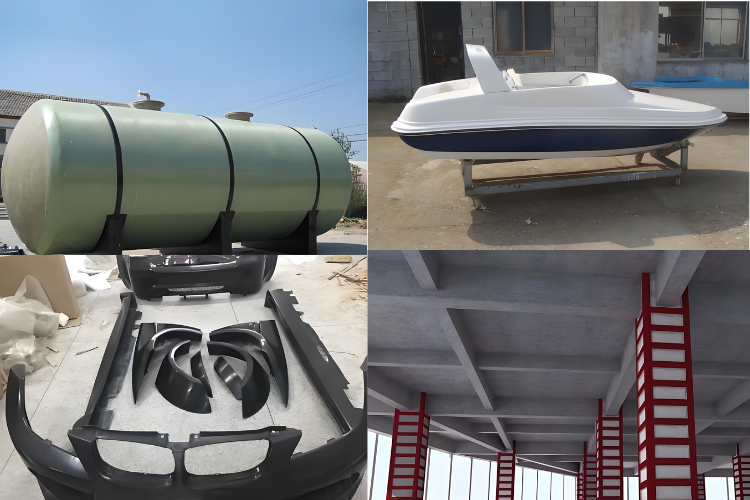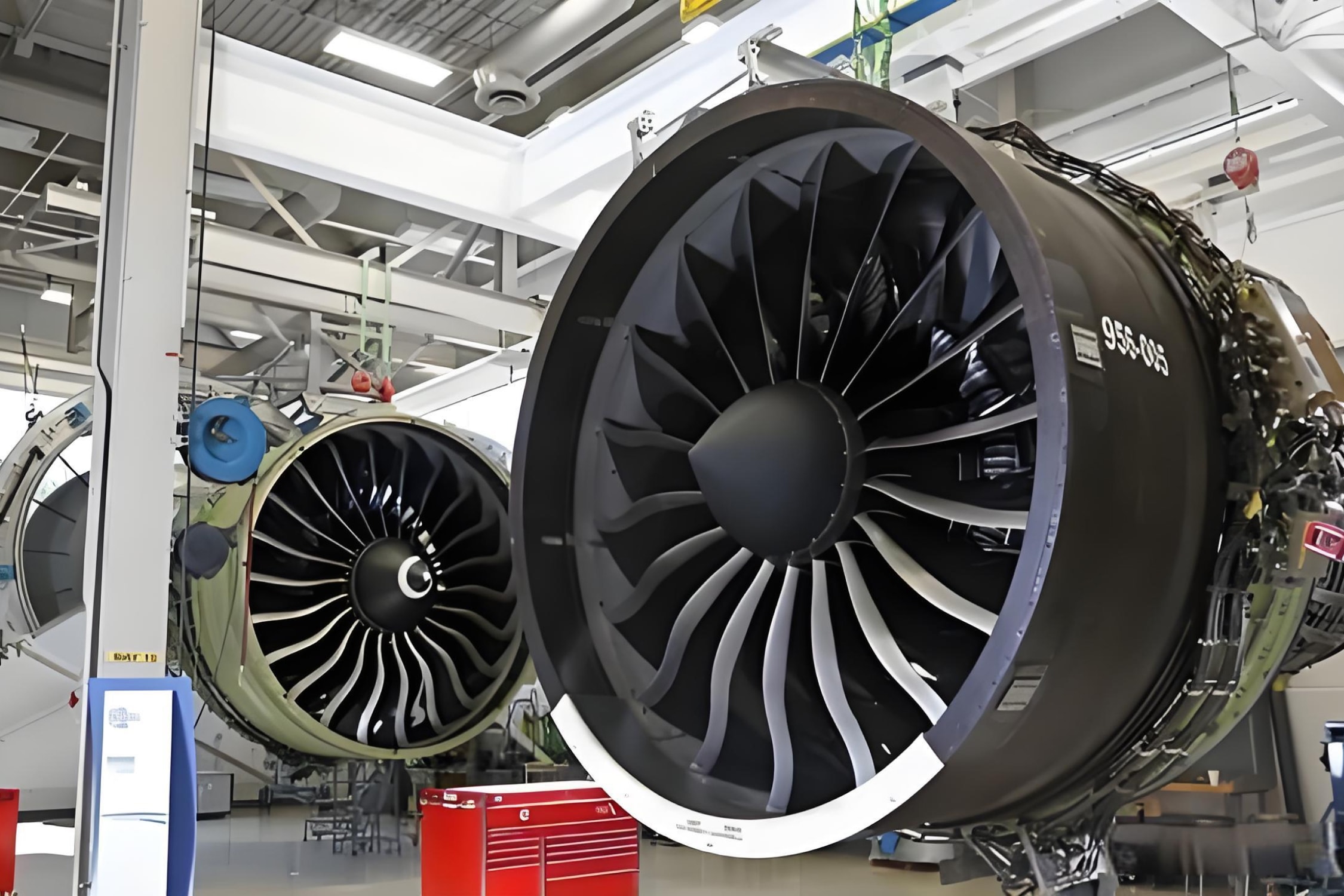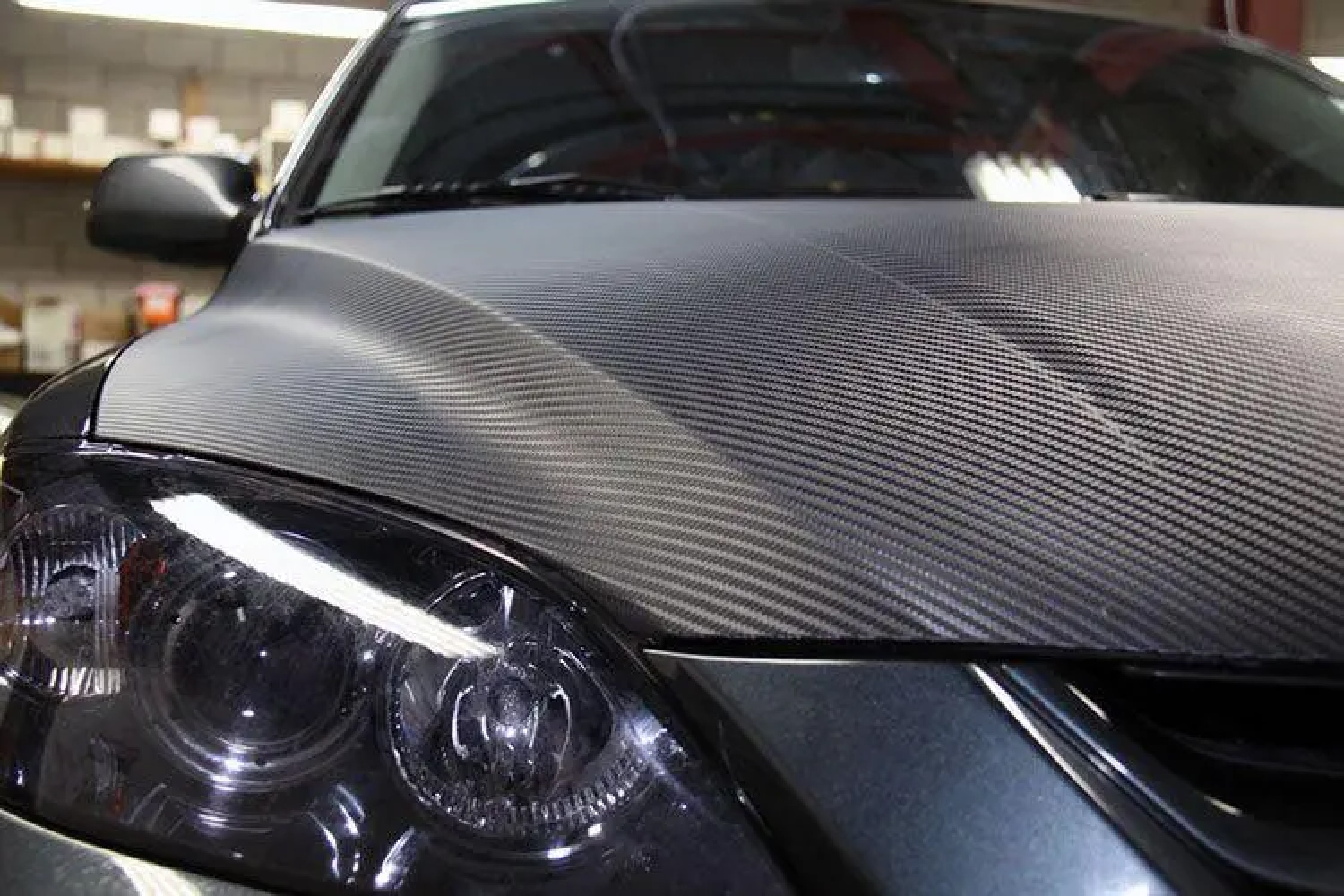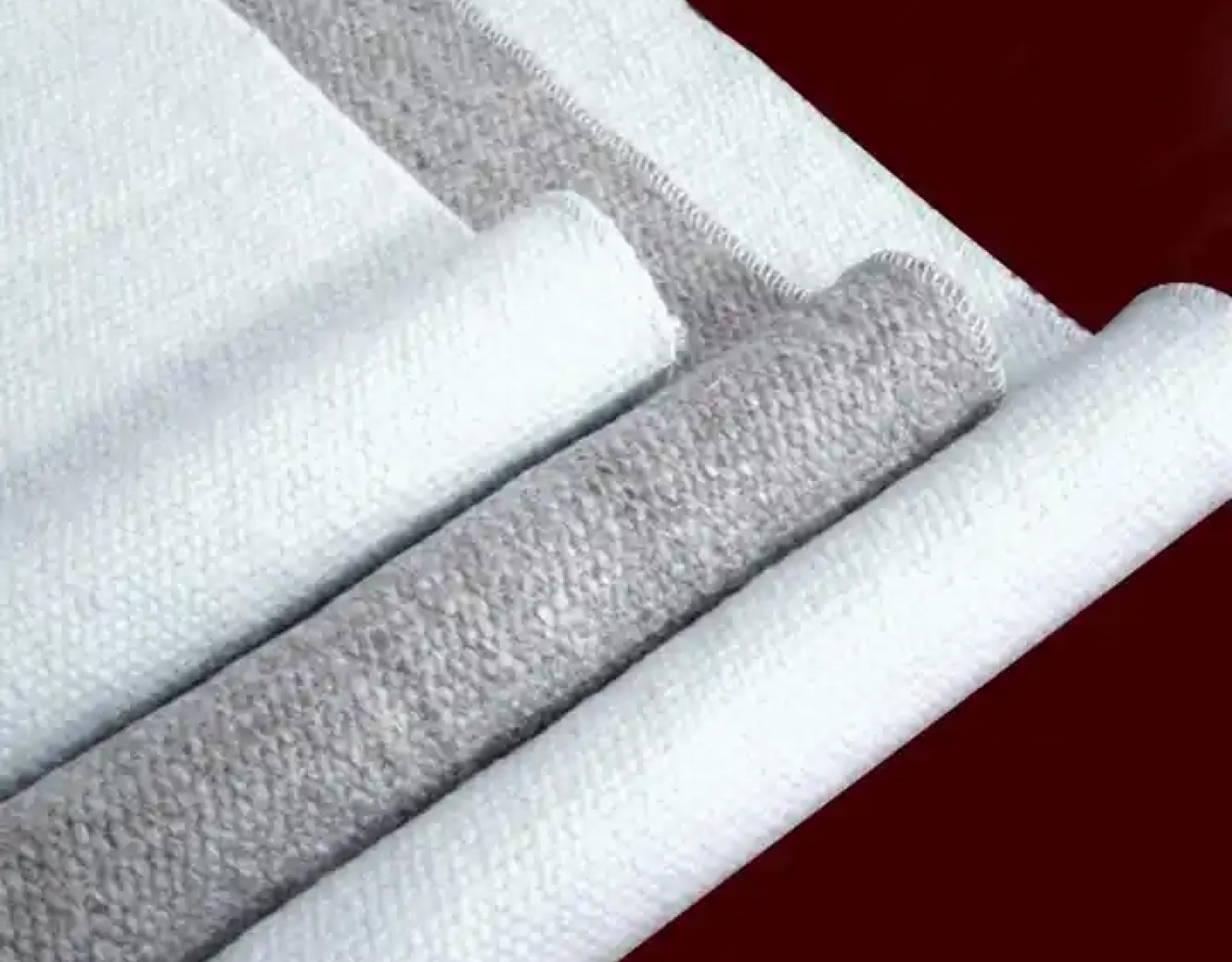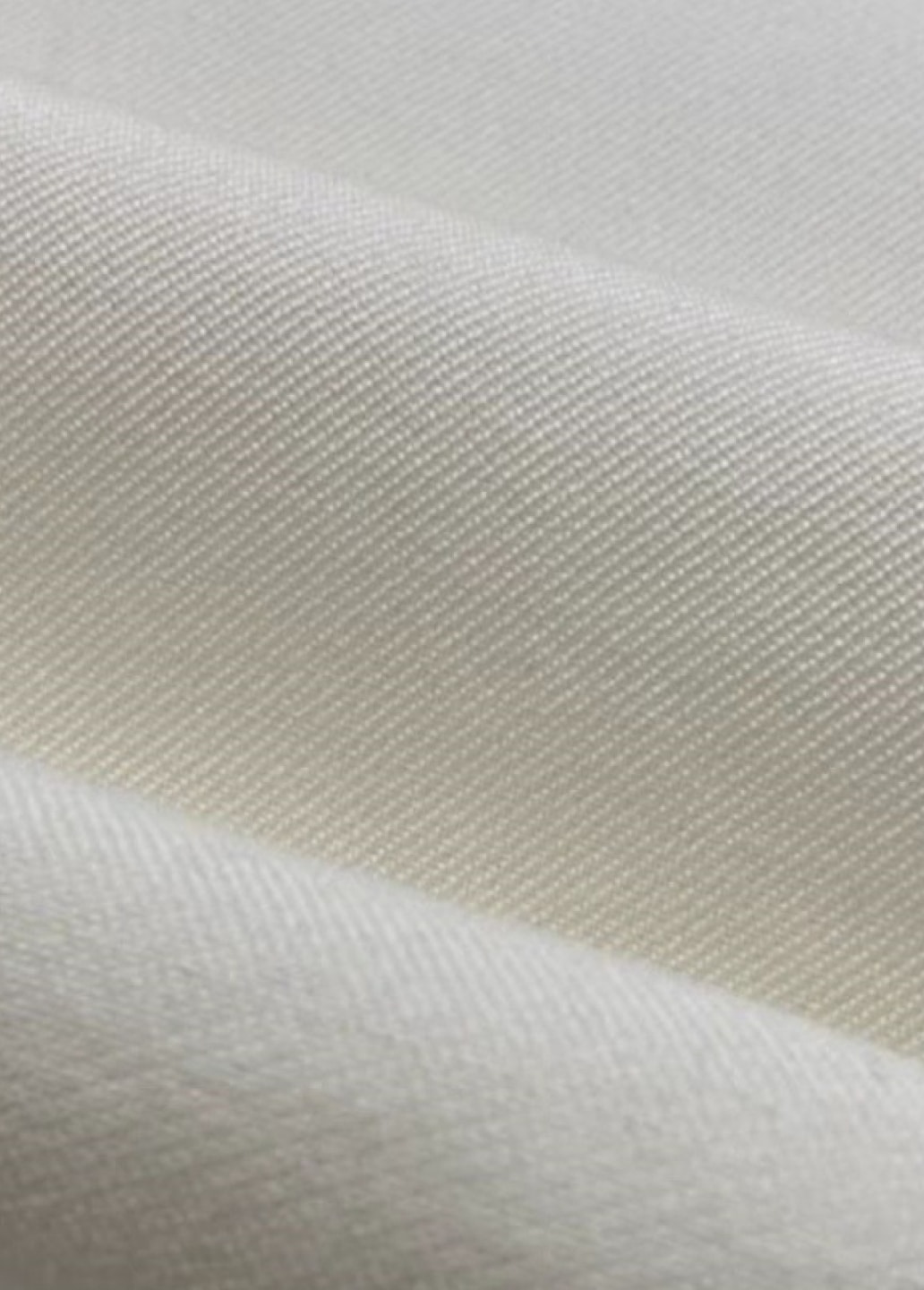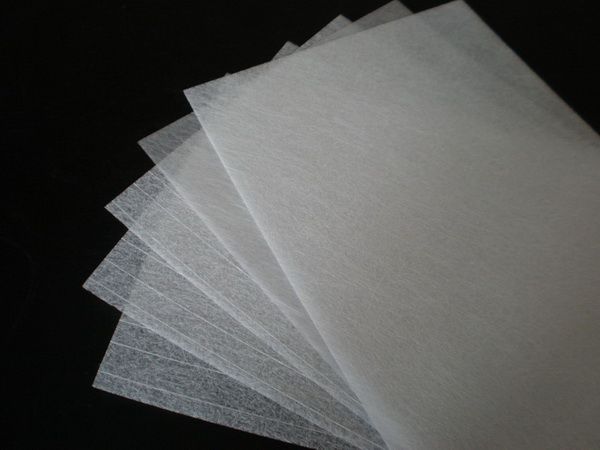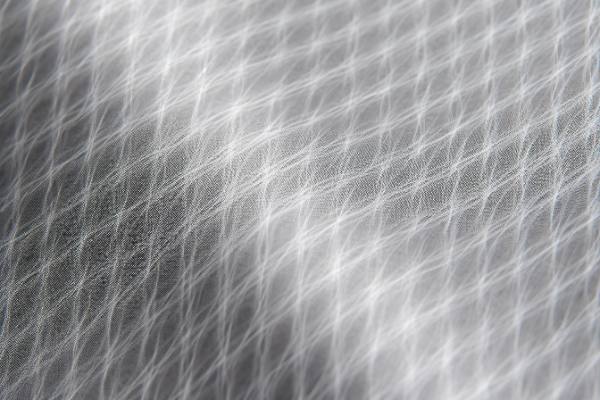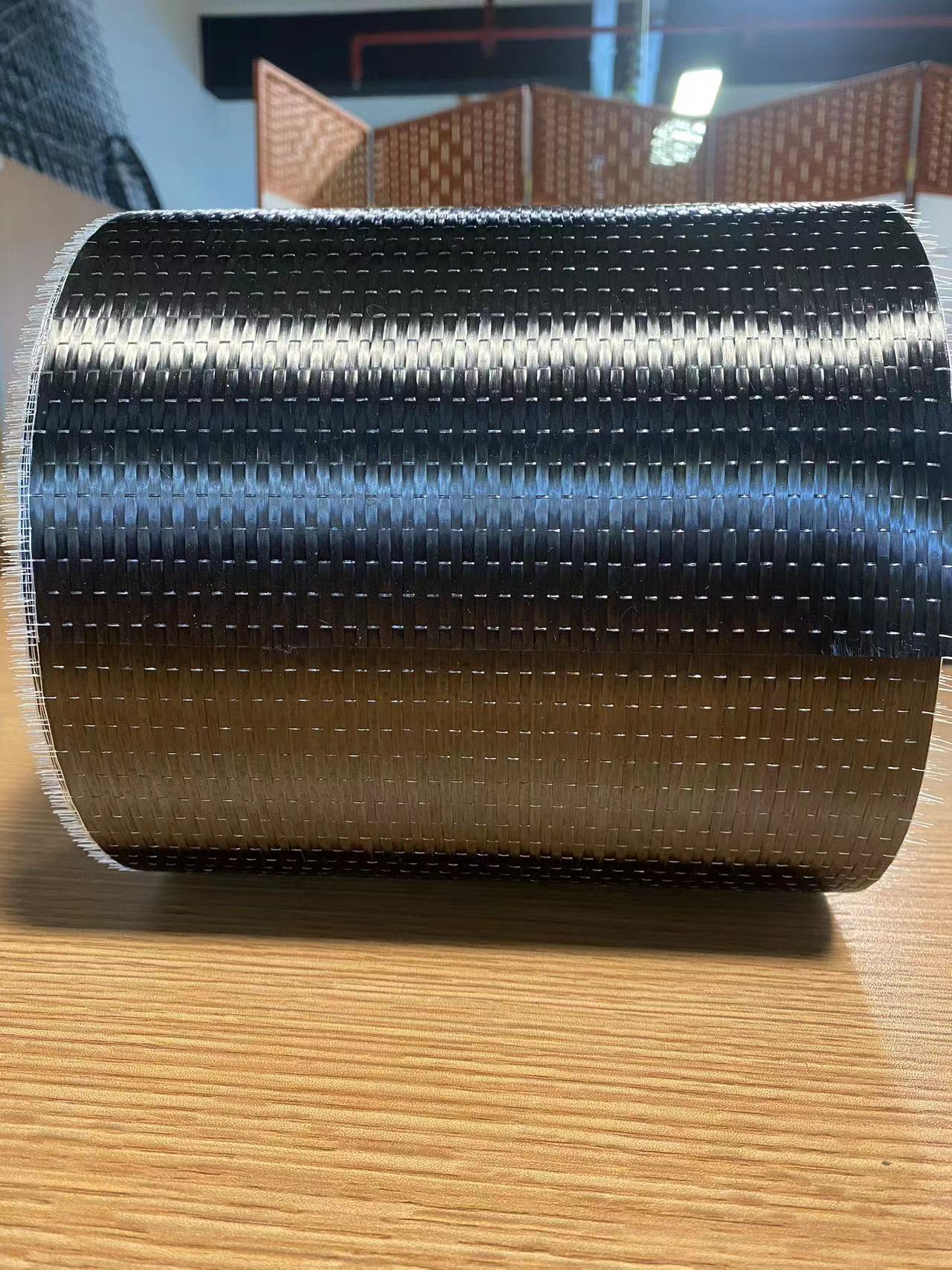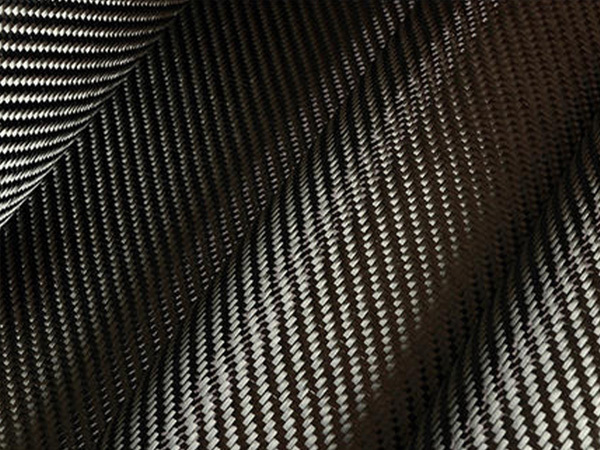+86-13732282311
merlin@xcellentcomposites.com
Let the world benefit from composite materials!
The Role of Composite Materials in the Automotive Industry
Discover how materials like carbon fiber are revolutionizing vehicle design by offering lightweight, high-strength alternatives that enhance performance and sustainability. Delve into the advantages, manufacturing processes, environmental considerations, and future trends, highlighting the impact of composites on modern automotive engineering.
Introduction
The automotive industry has evolved dramatically over the last century, transitioning from heavy, gas-guzzling vehicles to lightweight, efficient machines designed for performance and sustainability. Among the innovations driving this change, composite materials stand out as a pivotal force, reshaping how vehicles are engineered and manufactured. These materials, particularly carbon fiber, are increasingly being utilized to create vehicles that are not only lighter and stronger but also more environmentally friendly. With its exceptional strength-to-weight ratio, carbon fiber in automotive industry is essential for constructing lightweight components that enhance overall vehicle dynamics. Many luxury and sports car brands are utilizing carbon fiber in the automotive industry to create distinctive and high-quality products that appeal to performance-focused consumers. In this blog, we will delve into the role of composite materials in automotive industry, exploring their properties, applications, manufacturing processes, and future trends.
Understanding Composite Materials
Composite materials are defined as materials made from two or more constituent substances that, when combined, produce a material with characteristics different from those of the individual components. Typically, composites are composed of a matrix (usually a polymer or resin) and a reinforcement (like fibers). The most common types of composite materials used in the automotive industry include:
- Fiberglass: Made from glass fibers and resin, fiberglass is lightweight, corrosion-resistant, and cost-effective. It has been widely used in automotive body panels and interior components.
- Carbon Fiber: Composed of carbon atoms bonded together in a crystalline structure, carbon fiber is known for its exceptional strength and low weight. It has become a staple in high-performance and luxury vehicles.
- Aramid Fiber: Known for its heat resistance and strength, aramid fibers (like Kevlar) are often used in protective applications, such as bulletproof vests, and have found niche uses in automotive components.
The primary benefits of composite materials include:
- Weight Reduction: Lightweight materials can lead to reduced fuel consumption and lower emissions, aligning with the automotive industry's shift towards sustainability.
- High Strength: Composites can withstand significant stress and impacts, making them ideal for safety-critical components.
- Corrosion Resistance: Unlike metals, which can corrode over time, composites are often resistant to environmental degradation, extending the lifespan of automotive parts.
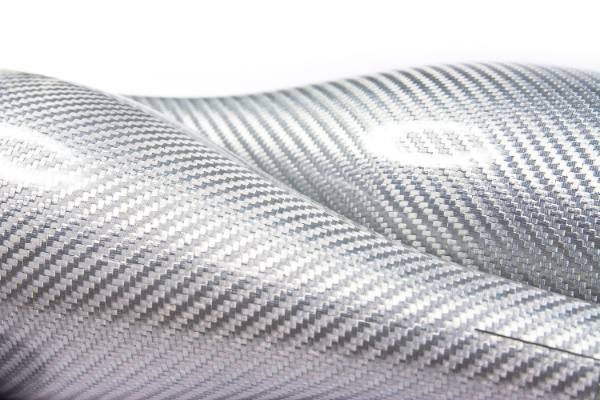
Composite Materials in Automotive Industry
The use of composite materials is crucial in modern automotive design, allowing engineers to push the boundaries of traditional vehicle structures. The adoption of composite materials in automotive industry has enabled manufacturers to produce lighter, more fuel-efficient vehicles without compromising safety. Composites facilitate innovative designs that enhance both aesthetics and functionality. For example:
- Complex Geometries: Composites can be molded into complex shapes, allowing for more aerodynamic designs that improve fuel efficiency.
- Integration of Components: Composites can combine multiple functions into a single component, reducing weight and assembly time. For example, a single composite part may serve as both a structural element and an aesthetic panel.
Automotive composite materials are becoming essential in modern vehicle design, offering benefits like reduced weight and enhanced fuel efficiency. The integration of automotive composite materials allows manufacturers to create complex shapes that improve aerodynamics and overall vehicle performance. Many luxury car manufacturers rely on automotive composite materials to achieve a balance between strength, durability, and lightweight construction. With advancements in technology, the use of automotive composite materials is expanding, making them more accessible for a wider range of vehicles.
Carbon Fiber in Automotive Industry
Among composite materials, carbon fiber has garnered significant attention due to its outstanding properties. The use of carbon fiber in automotive industry has revolutionized the design of high-performance vehicles, allowing for enhanced speed and agility. The integration of carbon fiber in the automotive industry not only improves performance but also allows for more creative and aerodynamic vehicle designs. Carbon fiber's characteristics make it particularly valuable in the automotive industry:
- Lightweight: Carbon fiber is significantly lighter than steel, which enables manufacturers to create vehicles with lower overall weight without sacrificing strength. This weight reduction translates to better fuel efficiency and handling.
- High Strength-to-Weight Ratio: Carbon fiber offers a unique combination of strength and weight that is unmatched by traditional materials. This property is crucial in performance-oriented applications, where every gram counts.
- Vibration Damping: The structure of carbon fiber allows it to absorb vibrations effectively, contributing to a smoother ride and improved vehicle dynamics.
Despite its advantages, carbon fiber has limitations, including higher production costs and longer manufacturing times compared to metals. However, ongoing advancements in carbon fiber production techniques, such as automated fiber placement, are gradually addressing these challenges.
Manufacturing Processes for Composite Materials
The manufacturing of composite materials involves various techniques, each chosen based on the required properties and complexity of the final product. Key manufacturing methods include:
- Hand Lay-Up: This manual process involves layering fabric and resin in a mold. It allows for high customization and is often used for low-volume production, prototypes, or highly specialized components. However, it can be labor-intensive and may result in variability in quality.
- Resin Transfer Molding (RTM): In RTM, dry fiber reinforcements are placed into a closed mold, and resin is injected under pressure. This method offers better control over resin distribution, leading to improved mechanical properties and surface finish. RTM is suitable for medium to high-volume production and is increasingly being adopted in the automotive industry.
- Automated Fiber Placement (AFP): AFP uses robotic systems to lay down fiber tows in precise patterns. This method enhances production speed and consistency while reducing labor costs. AFP is ideal for manufacturing large composite structures, such as those used in aerospace and automotive applications.
- Vacuum Bagging: This technique involves placing a bag over the composite material in the mold and applying a vacuum to remove air and compress the layers. This process can improve the consolidation of the materials and enhance the final product's mechanical properties.
Despite the benefits of these manufacturing processes, challenges remain, including the need for specialized equipment and expertise. However, advancements in automation and materials science continue to improve efficiency and reduce costs.
Environmental Considerations
As the automotive industry faces increasing pressure to reduce its environmental footprint, the sustainability of materials has become a crucial focus. Composite materials offer several ecological benefits:
- Reduced Weight and Emissions: By utilizing lightweight composites, automakers can produce vehicles that consume less fuel and emit fewer greenhouse gases, aligning with global sustainability goals.
- Longevity: Composite materials often have longer lifespans than traditional materials, reducing the need for replacements and contributing to lower overall waste.
- Recycling Challenges and Innovations: Although recycling composite materials can be complex due to their mixed composition, innovations are emerging. For example, chemical recycling methods are being developed to break down composites into reusable raw materials, paving the way for more sustainable practices in the industry.
The rise of bio-based composites made from renewable resources also presents an opportunity for enhanced sustainability. These materials, derived from plants or other organic sources, offer a greener alternative to traditional petroleum-based composites.
Regulatory Standards and Safety
The integration of composite materials into automotive manufacturing is subject to rigorous safety regulations. These standards ensure that vehicles meet stringent performance criteria and are safe for consumers. Key points include:
- Safety Testing: Composite components must undergo extensive testing to verify their strength, impact resistance, and durability under various conditions. This process often involves crash tests and simulations to assess performance in real-world scenarios.
- Regulatory Compliance: Various regulatory bodies, including the National Highway Traffic Safety Administration (NHTSA) in the U.S. and the European Union’s regulatory framework, impose guidelines that composite materials must meet. Manufacturers must ensure that their products comply with these standards before they can be sold.
- Impact on Consumer Safety: The use of high-quality composite materials can enhance vehicle safety by improving crashworthiness and energy absorption during impacts. As a result, consumers benefit from increased protection on the road.

The Future of Composite Materials in Automotive Industry
The future of composite materials in the automotive industry is promising, with several trends and innovations on the horizon:
- Advancements in Bio-Based Composites: As environmental concerns grow, the development of bio-based composites made from renewable resources is gaining traction. These materials not only reduce reliance on fossil fuels but also provide a sustainable alternative for vehicle production.
- 3D Printing Technologies: The rise of additive manufacturing is revolutionizing the production of composite components. 3D printing allows for rapid prototyping, reduced waste, and the creation of complex geometries that were previously unattainable.
- Integration of Smart Technologies: The fusion of composites with smart technologies, such as sensors embedded within the material, could lead to the development of vehicles capable of real-time monitoring and adaptation. This innovation could enhance safety, performance, and vehicle maintenance.
- Increased Market Adoption: As the automotive industry continues to embrace lightweight materials, the market for composites is expected to grow significantly. Automakers are increasingly investing in research and development to explore new applications and optimize production processes.
The future of composite materials in the automotive industry looks promising, with ongoing research focused on developing even more advanced and environmentally friendly options.
Conclusion
Composite materials have fundamentally transformed the automotive industry, enabling the design and production of vehicles that are lighter, safer, and more efficient. The remarkable properties of materials like carbon fiber have led to their widespread adoption in high-performance applications, showcasing the potential of composites to revolutionize automotive engineering.
As manufacturers continue to innovate and explore new technologies, the role of composite materials will only expand, paving the way for a more sustainable and high-performing automotive future. With a focus on environmentally friendly practices and advanced manufacturing methods, the industry stands poised to lead the way in creating vehicles that meet the demands of consumers while minimizing environmental impact.
Popular Composite Materials
Popular Composite Materials
Composites Knowledge Hub
Composites Knowledge Hub

